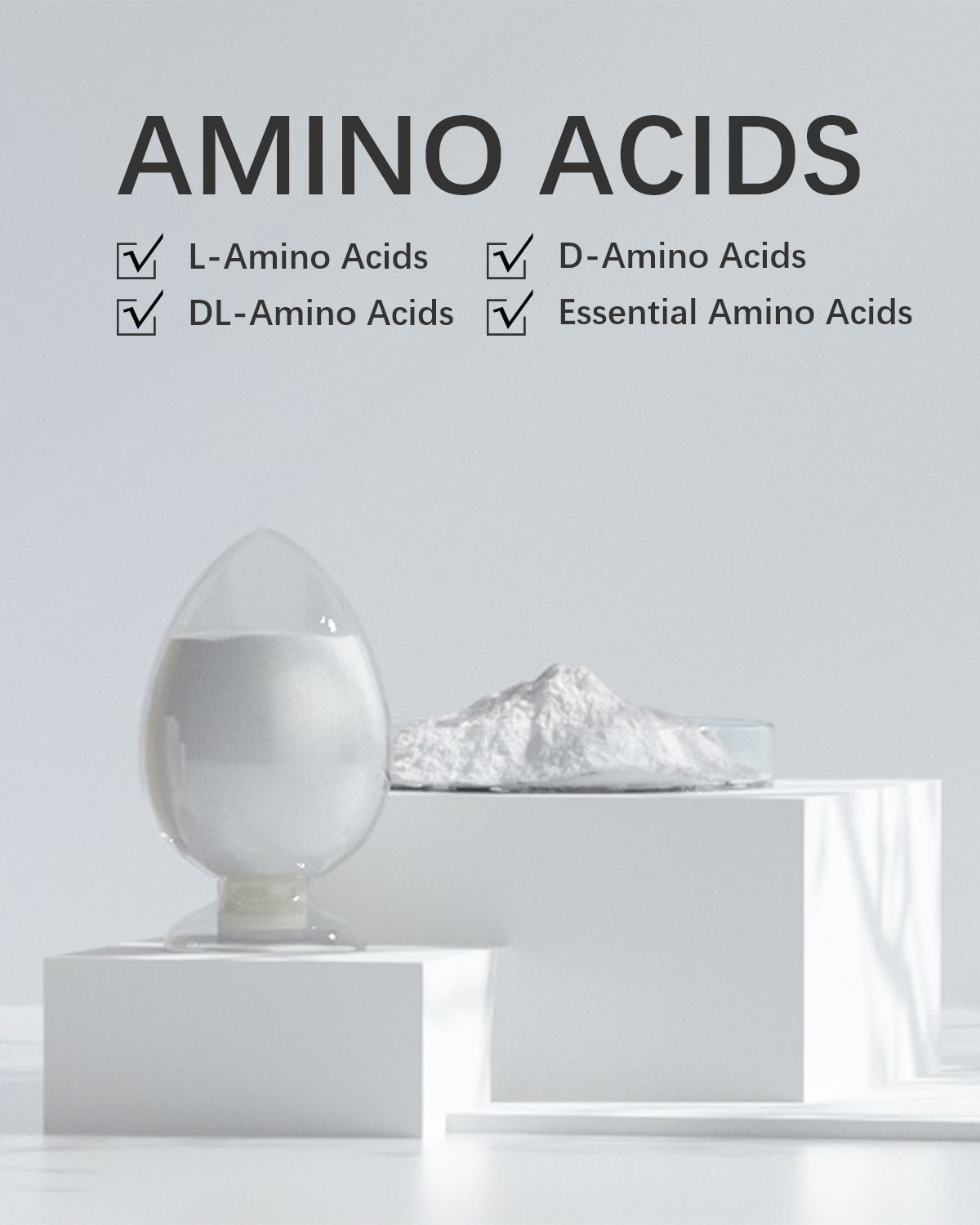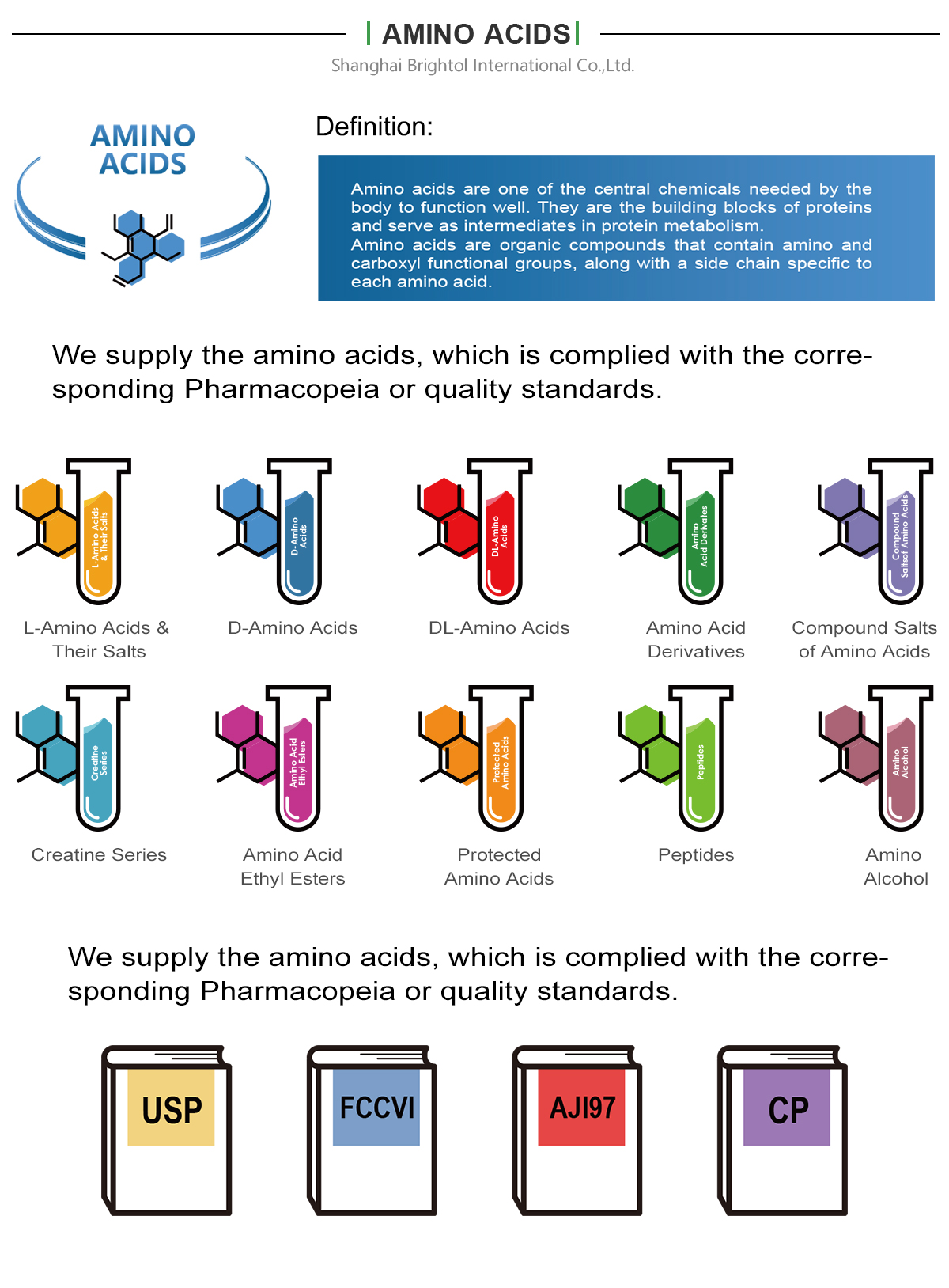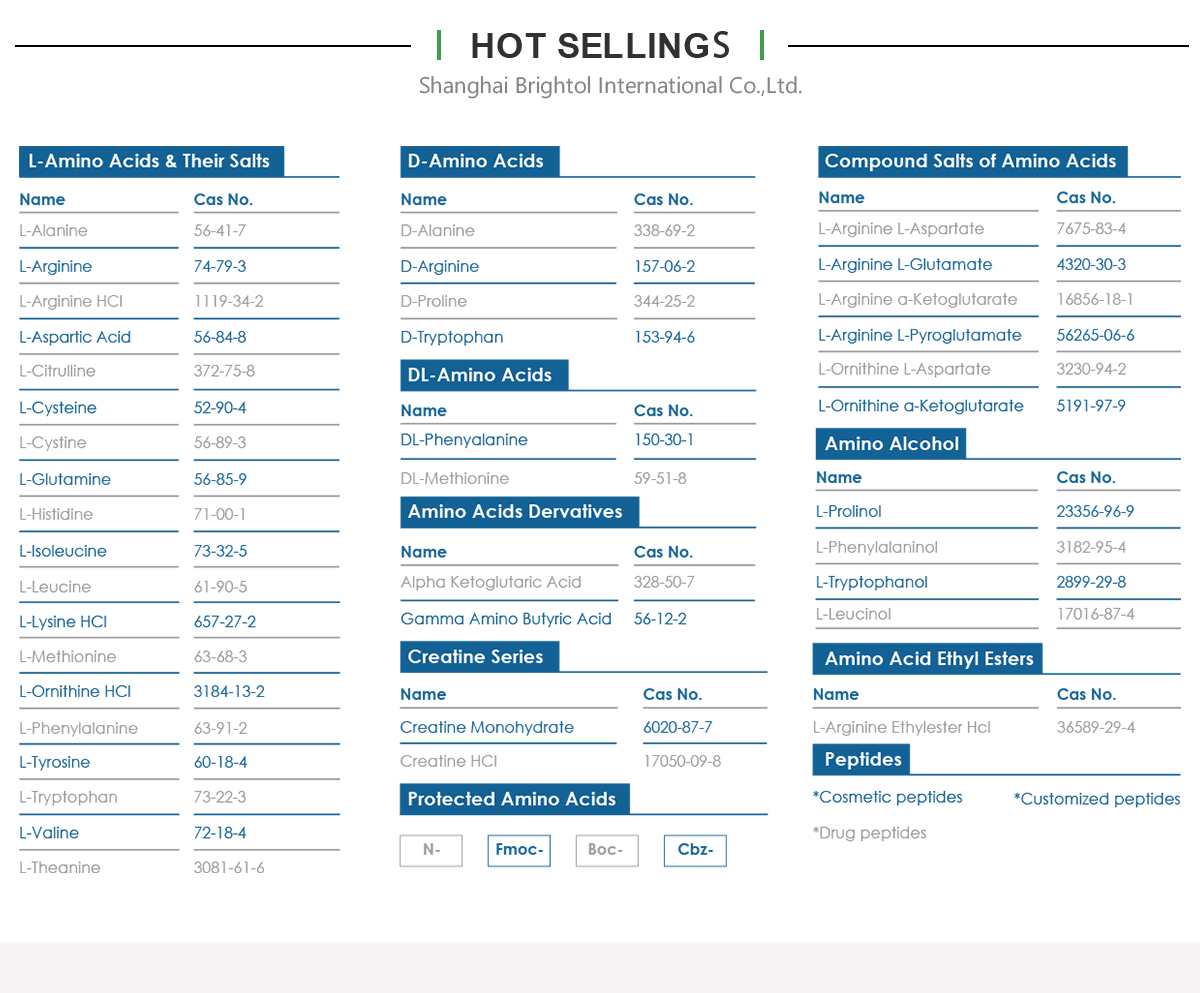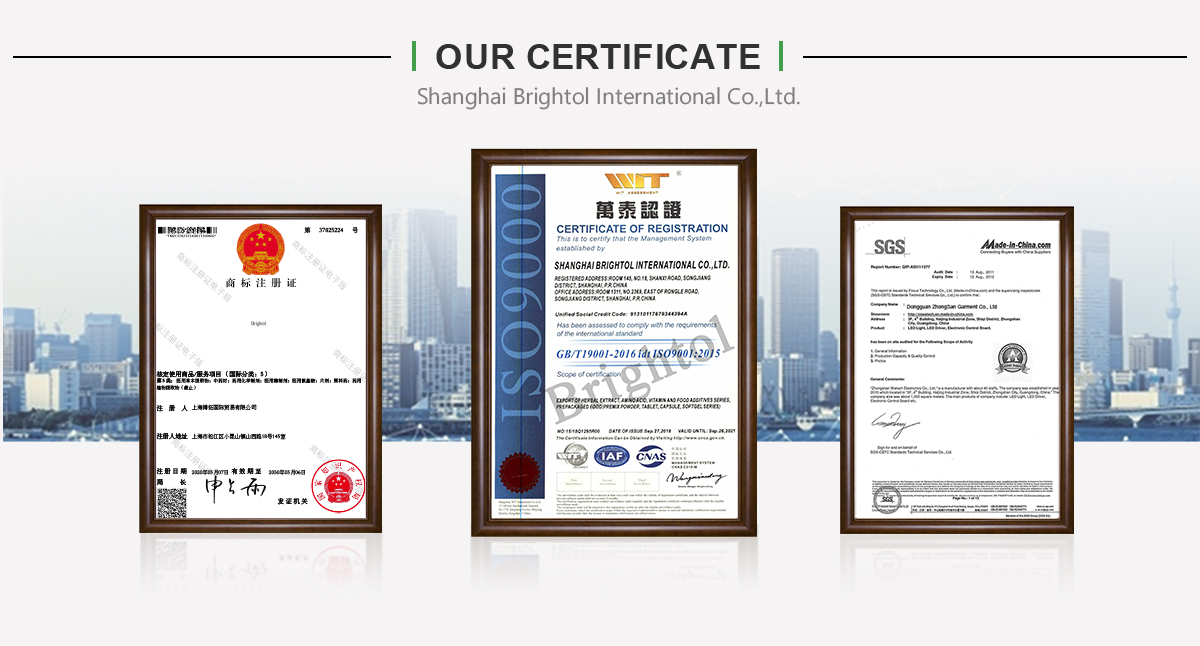

Product Name: L-Cystine
Synonyms: L(-)-3,3'-Dithiobis(2-aminopropanoic acid);
2-Amino-3-[(2-amino-2-carboxyethyl)dithio]propanoic acid
Molecular Formula: C6H12N2O4S2
Molecular Weight: 240.29
CAS No.: 56-89-3 (24645-67-8)
Description
Cystine is a white solid that is slightly soluble in water. It serves two biological functions: a site of redox reactions and a mechanical linkage that allows proteins to retain their three-dimensional structure.


Product Name: L-Cystine
Synonyms: L(-)-3,3'-Dithiobis(2-aminopropanoic acid);
2-Amino-3-[(2-amino-2-carboxyethyl)dithio]propanoic acid
Molecular Formula: C6H12N2O4S2
Molecular Weight: 240.29
CAS No.: 56-89-3 (24645-67-8)
Description
Cystine is a white solid that is slightly soluble in water. It serves two biological functions: a site of redox reactions and a mechanical linkage that allows proteins to retain their three-dimensional structure.
L-cystine, also known as cystine, is an oxidized union of two molecules of simpler forms. The cysteine amino acid links two cysteine residues with a bond that pertains to amino acids. Cysteine and cystine are very similar. One can turn one into the other and vice versa. Cystine acts as an antioxidant and prevents radiation in skeletal tissues and skin. It also helps your body heal burns and wounds and breaks down illness-related mucus deposits.
Sources of L-Cystine
Cystine is a nonessential amino acid. That means the body produces its supply of it. In your body, cystine occurs naturally and abundantly in skin, hair and connective tissues. It’s also in the horn and wool of animals. Even though it’s a nonessential amino acid, you can consume more of it by eating more whole grains, dairy products and eggs.
Benefits
1) Look Younger as You Age
2) Potent Antioxidant
3) Postoperative Recovery
4) Lung Health
5) Heart Health
6) Cognitive Health
7) Hair Growth
8) Anti-Cancer Attributes









